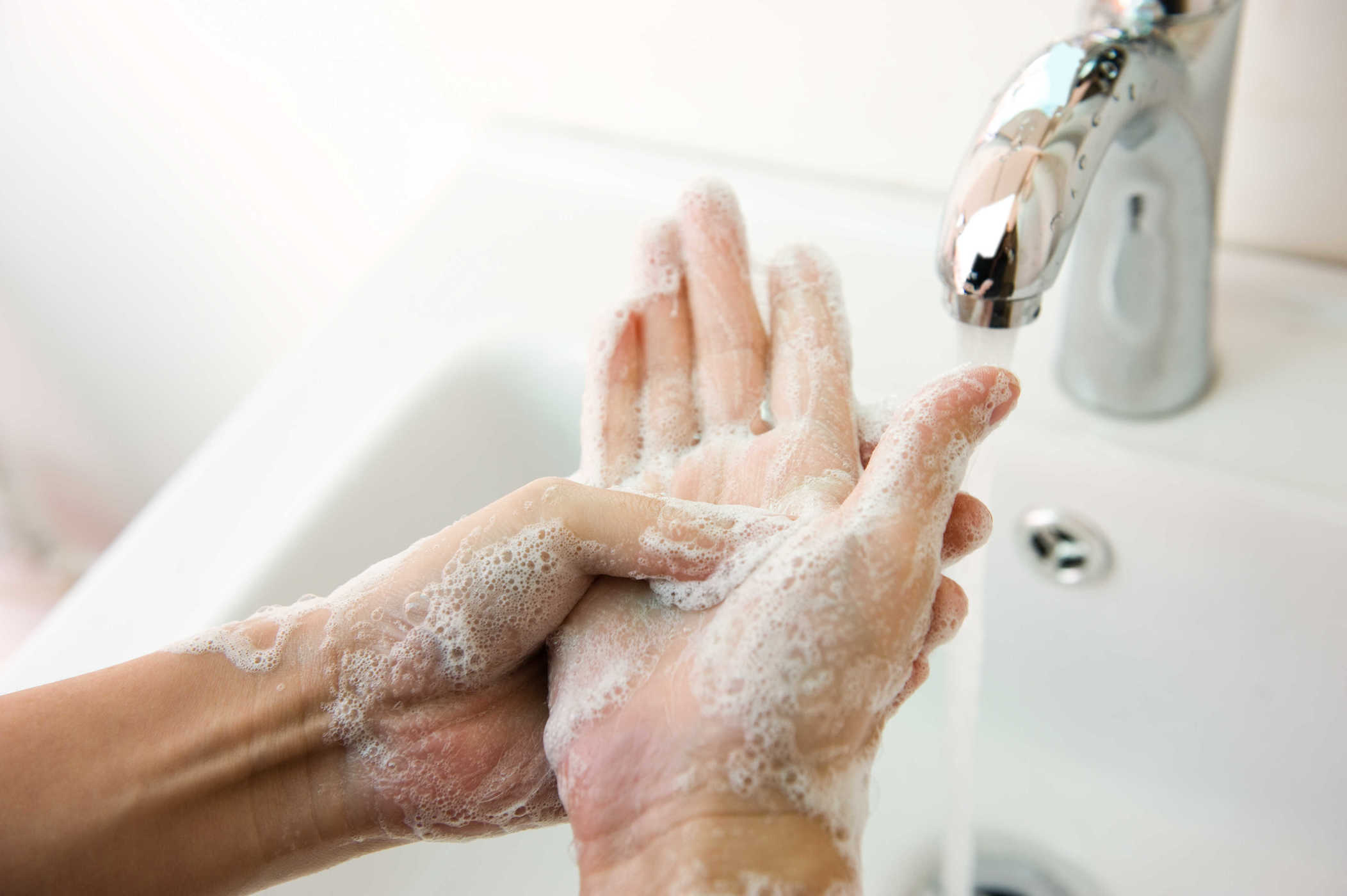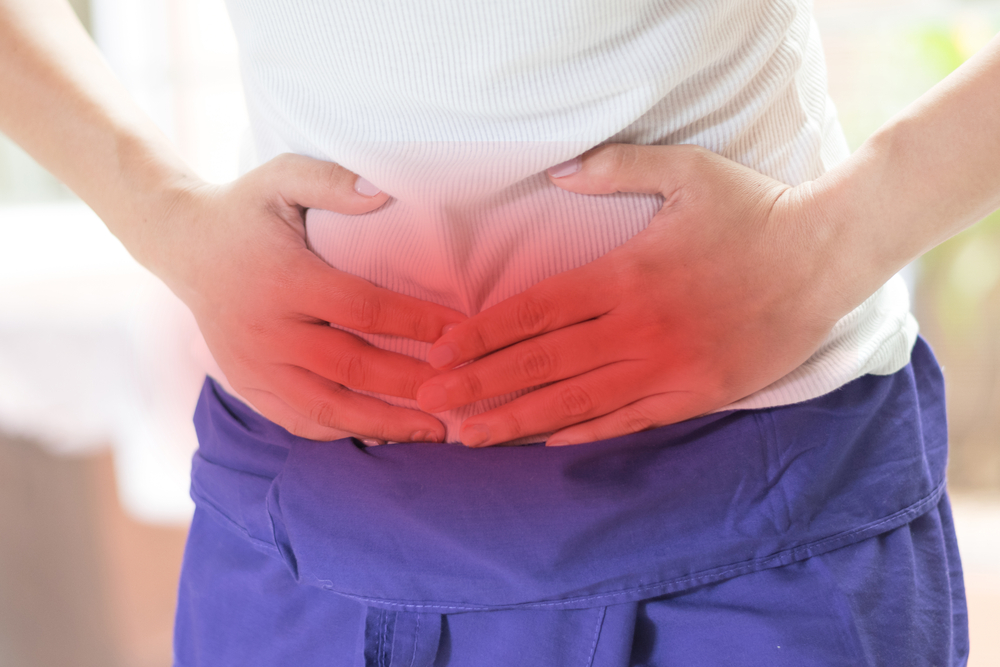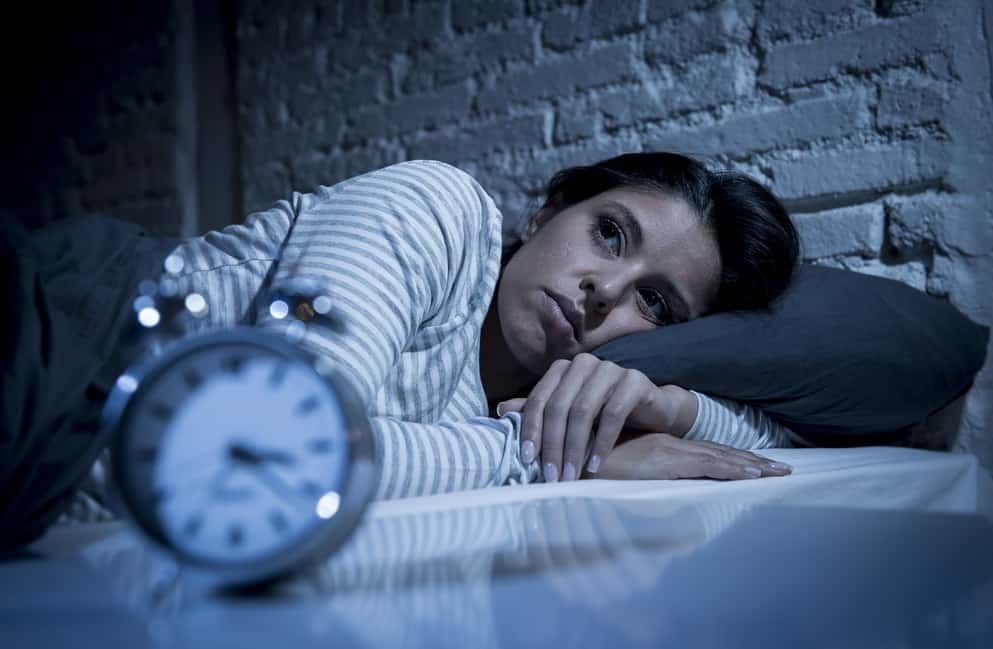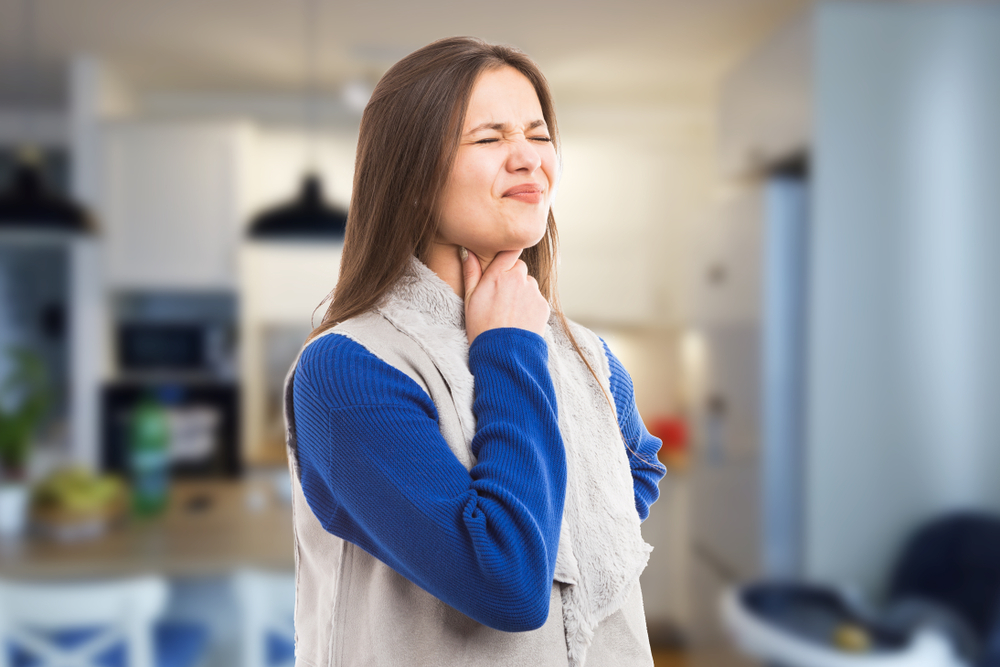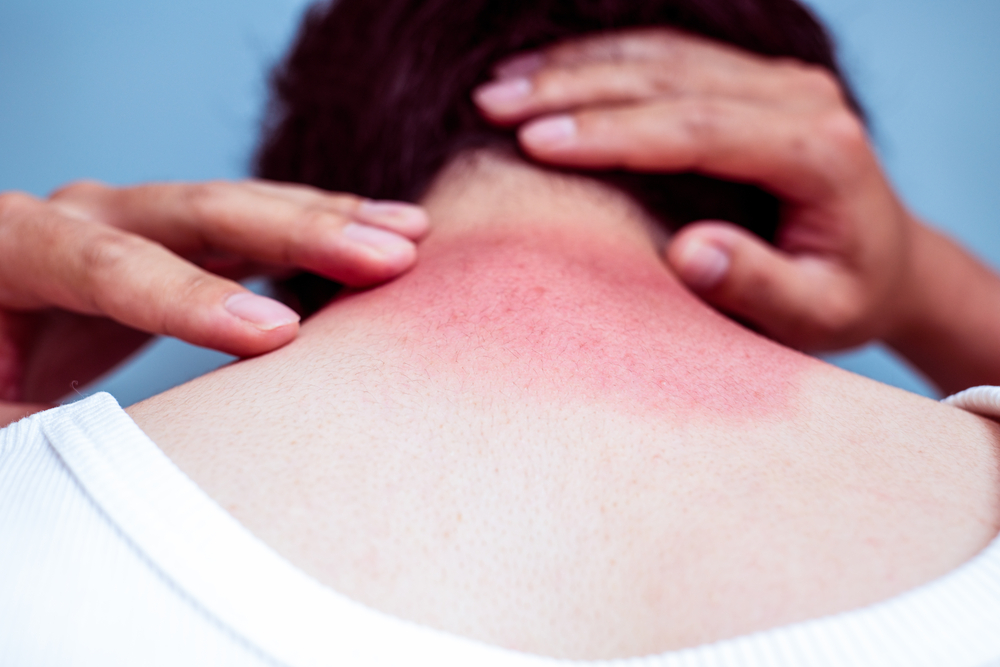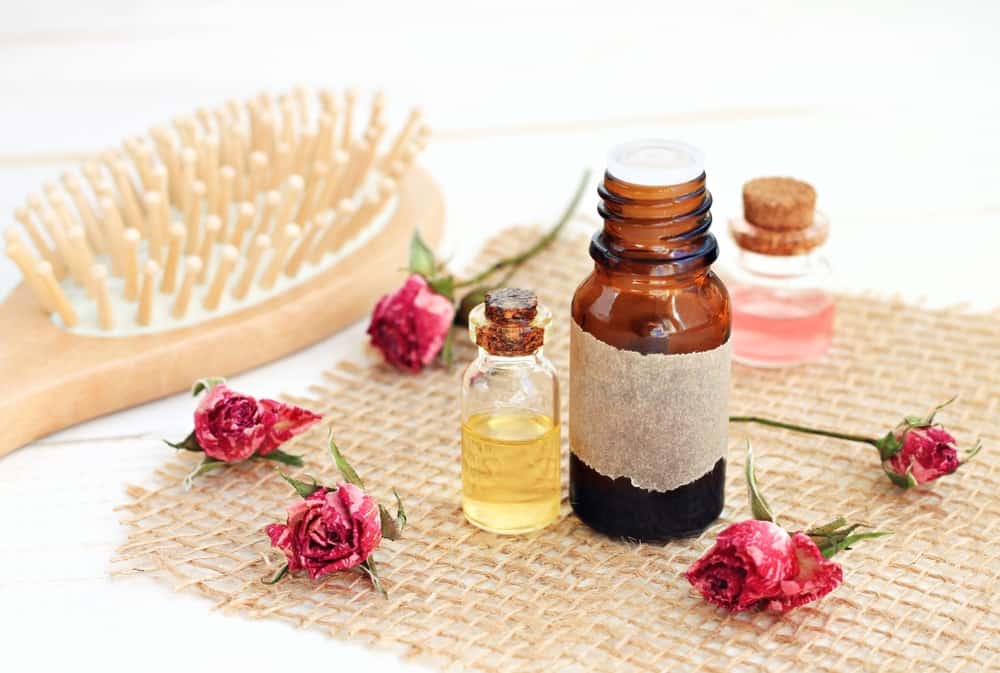Contents:
Medical Video: Germ Smart - Wash Your Hands!
Hand washing is one of the most important and basic steps of personal hygiene that you can do every day to avoid spreading disease and germs to others.
Many diseases and medical conditions are easily spread only from dirty hands.
When to wash hands?
According to the Centers for Disease Control and Prevention (CDC), hand washing must be done at the following times:
- Before, during, and after cooking or preparing food
- Before eating
- Before and after caring for someone who is sick
- Before and after treating open wounds or abrasions
- After using the bathroom or toilet
- After changing diapers or cleaning small children after from the toilet room
- After holding animals, feeding animals, or cleaning animal feces
- After holding animal food
- After touching garbage or throwing out trash
In addition, wash your hands at the following times:
- Before removing or using contact lenses
- After cleaning, coughing, or wiping runny nose
- After shaking hands with someone else
Wash hands properly and correctly
Did you know that hand washing is not just rubbing, rinsing, and drying? CDC and WHO issued detailed and effective hand washing guides to kill germs.
- Wet both hands with clean running water, turn off the tap, then pour enough soap
- Rub your hands together. Make sure you rub between your fingers, both backs of your hands, and under your nails:
- Hook all of your fingers with your palms touching each other, and rub the inside, alternating the two sides of your hand
- Then exchange positions. Hook the fingers of the left hand on the back of the right hand and rub the back of the hand alternately.
- Rub your left thumb using your right hand in a circular motion, and vice versa.
- Do it for 20 seconds. As a reference, you can murmur the song "Happy Birthday" twice during hand rubbing.
- Rinse hands thoroughly with running water.
- Dry your hands with a clean or windy towel.
- If possible, turn off the tap using your elbows or use a tissue to block your clean hands when turning off the tap.
Washing hands with soap is the best way to eliminate large amounts of germs. If you are in a place where there is no water or soap, use an alcoholic hand gel. A powerful hand cleansing gel to reduce germs, but cannot eradicate all bacteria.
Regular soap or antibacterial soap?
Antibacterial soap sold on the market turns out to be no more effective in killing germs compared to ordinary soap.
One 2015 study in South Korea compared the effectiveness of ordinary soap with antibacterial soap with 0.3% triclosan to bacterial panels, including Listeria, Salmonella, and Staphylococcus for 20 seconds as a testing method recommended by the FDA.
As a result, both soap works as effectively as cleaning hands from bacteria, but soap containing triclosan takes longer to work effectively killing germs. One of the allegations is that other supporting compositions in the soap slow down the antibacterial ability of triclosan.
In addition, several studies have linked long-term and unnecessary effects of triclosan, including antibiotic resistance to germs, allergies, and hormonal disorders. One study even linked exposure to triclosan for a long time to be potentially cancerous.
The results of this study then require antibacterial soap producers to attach scientific evidence to support claims of the antiseptic effectiveness of their products.
Washing your hands does not require a lot of time and energy, but provides a myriad of benefits for you and your family's health. Help your children get used to washing hands by showing them how to wash their hands properly and correctly.
READ ALSO:
- This thing keeps many times more germs and bacteria than the toilet seat!
- Do you often play cellphones on the toilet? This is the danger
- Leave the habit of holding back CHAPTER

